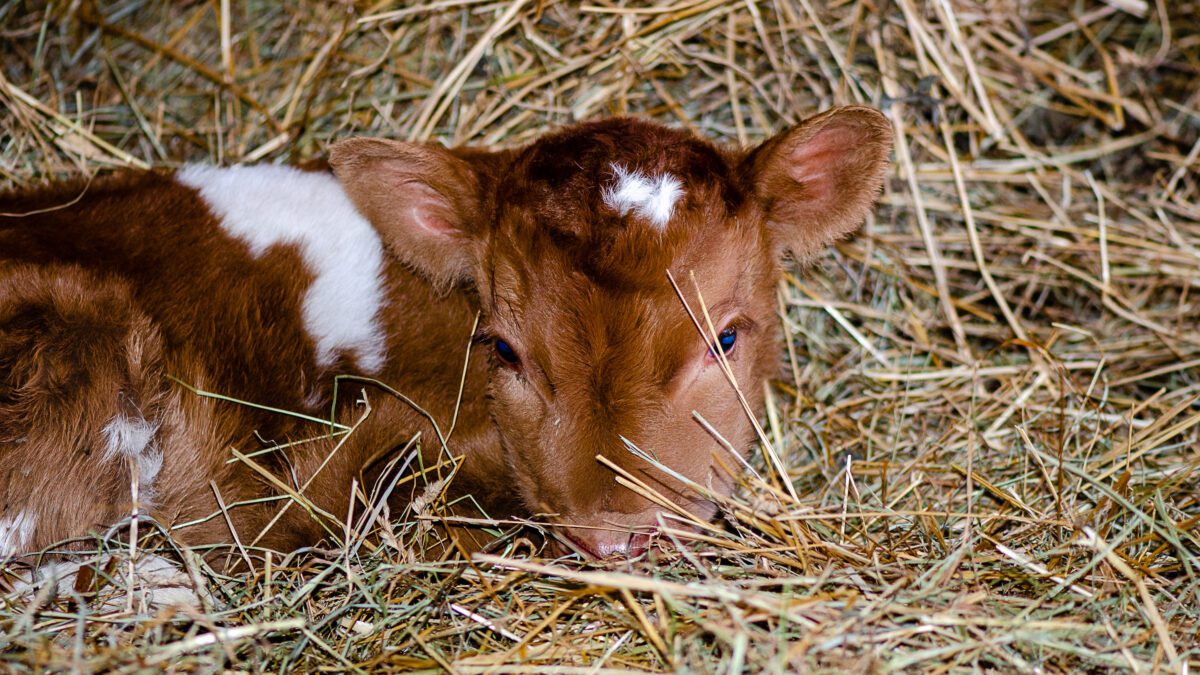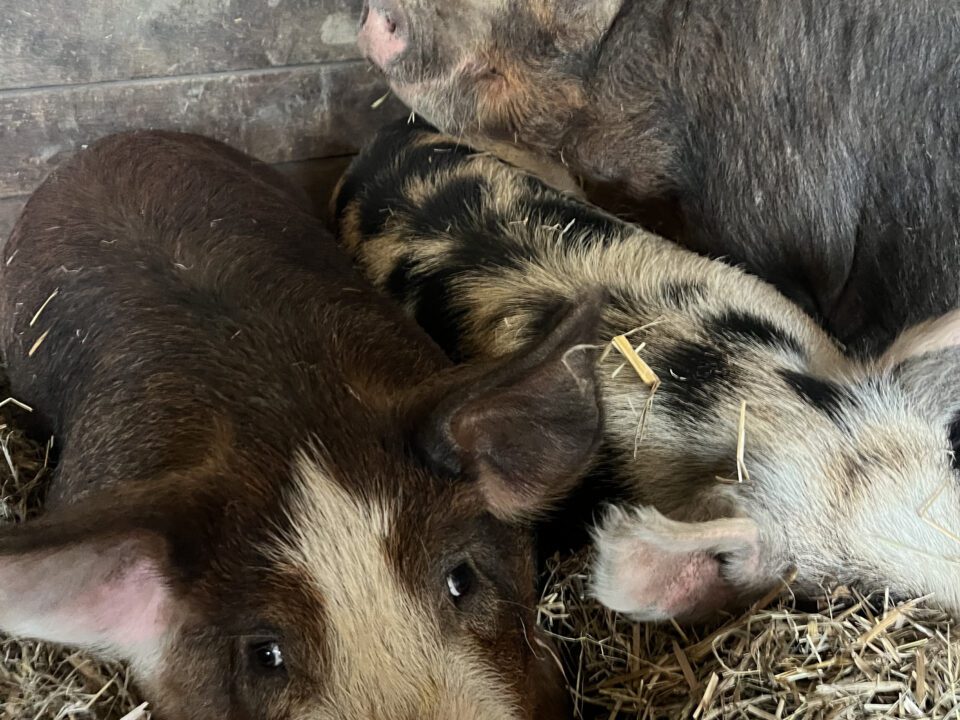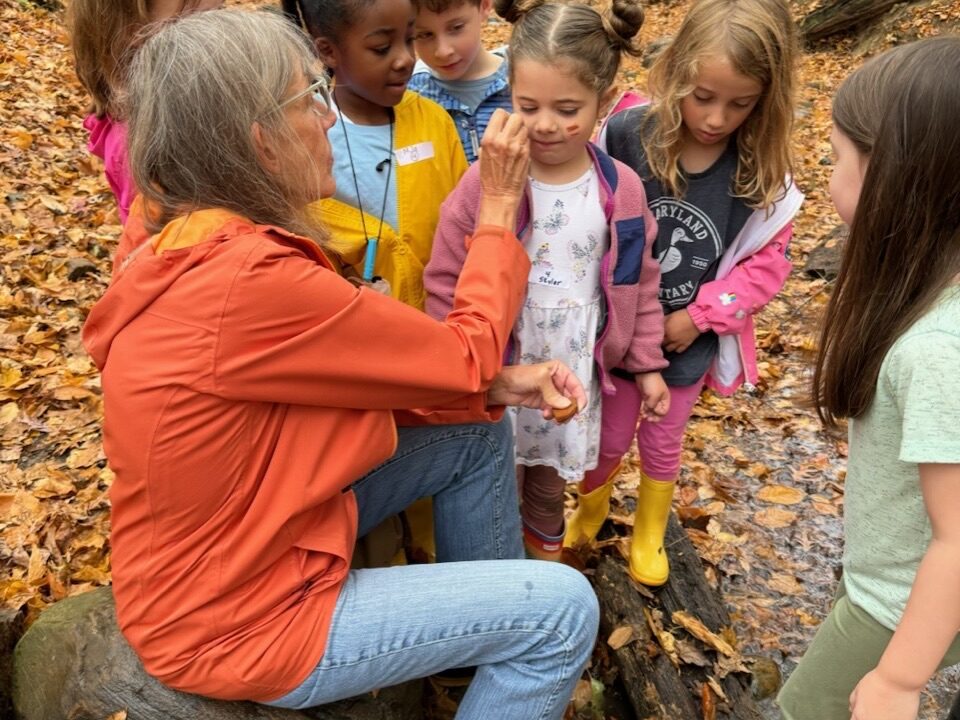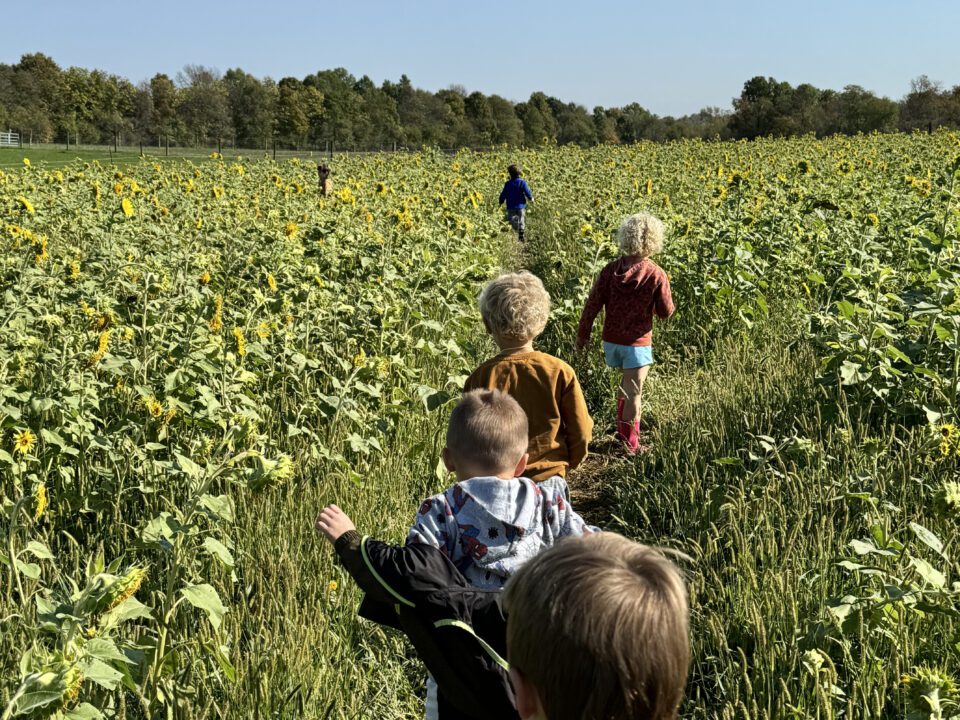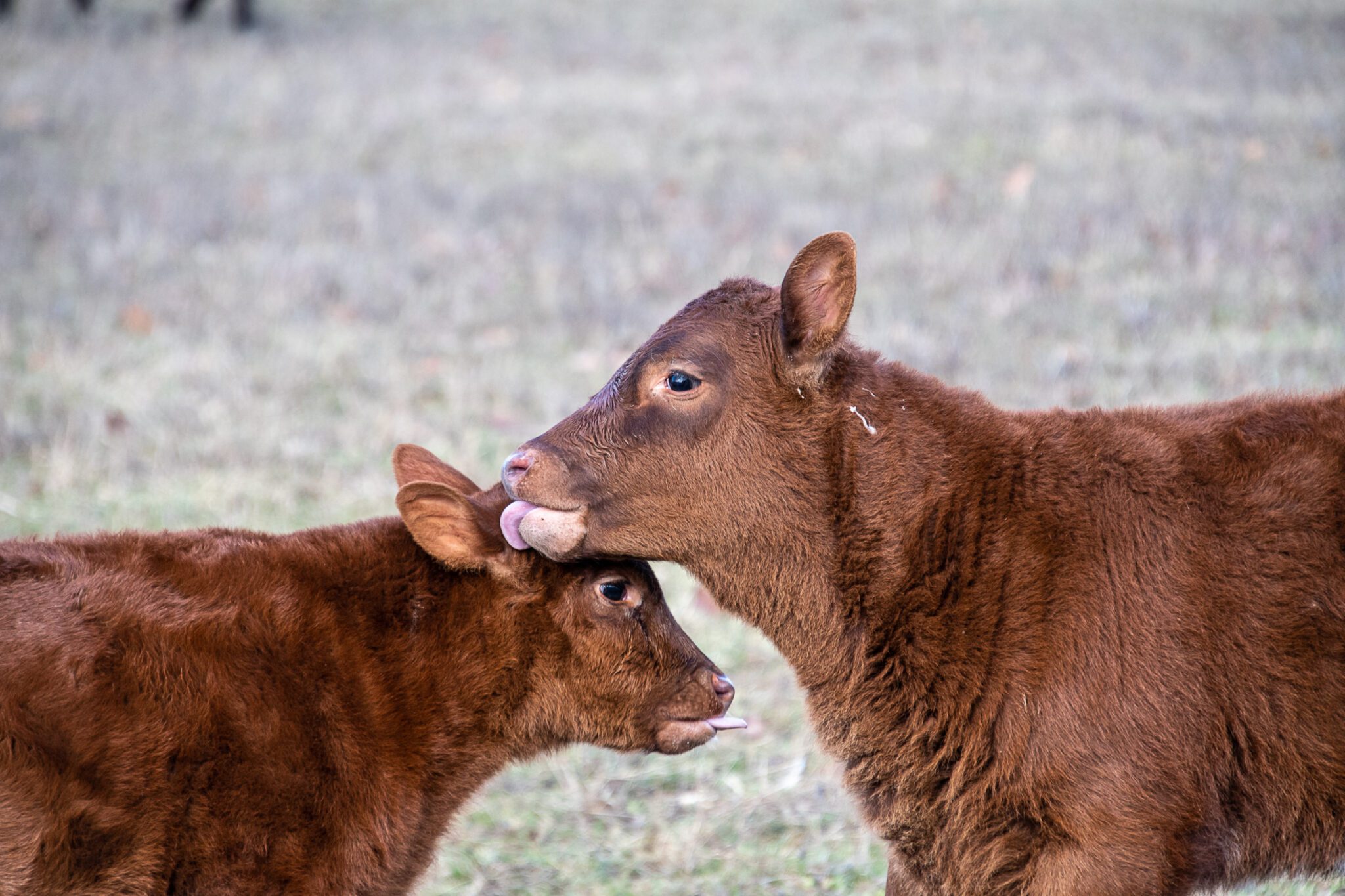
Lonesome Cattle Visit Farmer at Midnight
June 5, 2010Trail Blazers Cheer Brownie Queen
August 7, 2010Published in The Delaware Gazette: July 3, 2010
By the time Dublin Garden Club made their introductory visit to Stratford Ecological Center on Liberty Road on June 23, the weather had provided a big enough window of opportunity to finish planting and mowing around the property. It was a perfect evening for a walk. There was no need to apply insect repellent as the tree swallows and bats had done their job. A cool wind blew, reminding us Stratford has its own micro‐climate, registering five degrees cooler in the summer and the winter than the suburbs.
Stratford was one week beyond the recommended planting date for field corn when we planted Field #6 on June 21. We trust the cob will mature beyond its tender stage by the first frost and not be adversely affected. If so, the corn would be ready for harvest in November. We are thankful we did not plant during our unusually dry April. Weed control would have been impossible during the wet month of May, resulting in an explosion of ragweed, and we would have ended up plowing the crop under.
In fact, our buckwheat, on the west side of Field #2, will suffer that fate. Due to a combination of moisture and heat, the ragweed is now so thick it would clog up the combine if we attempted to cut the buckwheat. Instead, we will bushhog the crop, shallow disc the ground to cut up the ragweed so it won’t seed again, and allow the buckwheat to seed and produce a crop by September, to use in our basic feed mix.
On the east side of Field #2, the distant sunflowers are doing the best. The brown‐leafed ones, caused by too much water, will be mowed and replanted. It is always a joy to see sunflowers. Jeff Dickinson, Stratford’s farmer, was not too unhappy when he realized he could plant more in Field #6, because two out of every eight rows of corn are empty!
During corn planting Jeff climbed off the tractor twice to check seed flow, and once satisfied he kept going. It wasn’t until a week later, when he could see the emerging corn, that he discovered one opening had clogged . This is a common occurrence with older planters but something that no longer happens on modern machinery.
250 tomato plants and 150 pepper plants were planted in Field #3, on the same day as the corn. They were started from seed in the small greenhouse and moved outside after the leaves scorched in the heat. It was a long wait until transplant and they were root bound.
The fruit trees are loaded and one tiny visitor could not resist pulling off a small, green apple as she visited the chickens in the orchard. I cut it in half transversally to show the seeds, as we’d talked a lot about how food starts to grow. A beautiful surprise was displayed in the center of each half of the brilliantly white apple. It was a “perfect star,” containing the split seeds.
The same group of children helped me spread old hay for bedding over the concrete floor of a barn pen. At one point there was a heap and I suggested they jump in it. Moments later I looked up and those little ones had scrambled up and were jumping from the third and fourth boards of the pen divider into the hay! It wasn’t “that” deep. Give them an inch and ….. be prepared!
The 6‐12 year old Kid’s Nature Club met as usual on the fourth Saturday of June. They set off on an adventure and were the first to discover that Sweet Bessie Lou, the Red Devon beef cow, had given birth to a 100 lb. bull calf out in the field during the night.
It was Bessie’s second calf and all had gone well, despite giving birth to a very heavy son. Later that day Farmer Jeff moved the pair out of the sun, into their own pen in the barn. The calf drank for five minutes and Bessie stood perfectly still. She will be a good mother. The calf will stay with her and consume all her milk and become part of our beef herd. The new calf is already as big as our three young Jersey bull calves born in April.
We continue to hold out hope that Roja and Rosie are pregnant. They went through four heat cycles after the boar joined them in early January. The gestation period is 3 months, 3 weeks, 3 days, so it is possible they will still give birth.
The mallard duck who laid twenty one eggs, over as many days, in the middle of the lemon balm in the gazebo herb garden, has regrettably hatched zero ducklings. Incubation begins after she lays the last egg and starts sitting on them and lasts from 25‐29 days. Despite the age spread, all the eggs hatch between 12 & 24 hours. Signs of egg shells outside the nest indicate a predator may have visited the nest regularly.
The wild blackberries are ripening in the hedgerows and the golden spelt is close to harvest, providing a lovely time to visit the farm. Everyone is welcome. Just check in when you first arrive for an update on the latest news. We are closed Monday, July 5.


